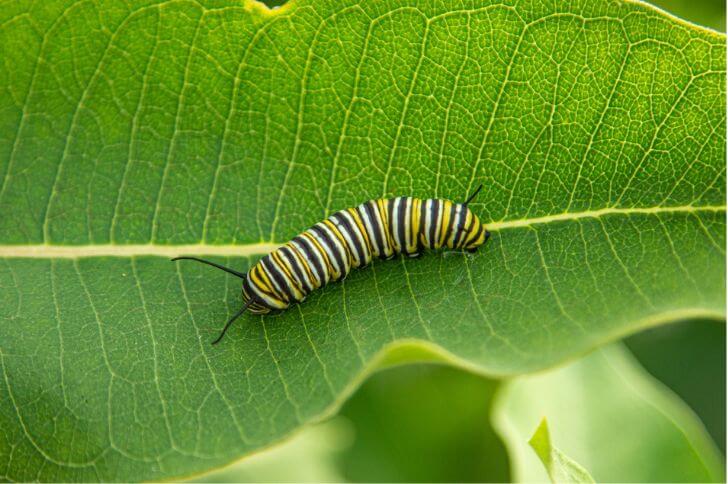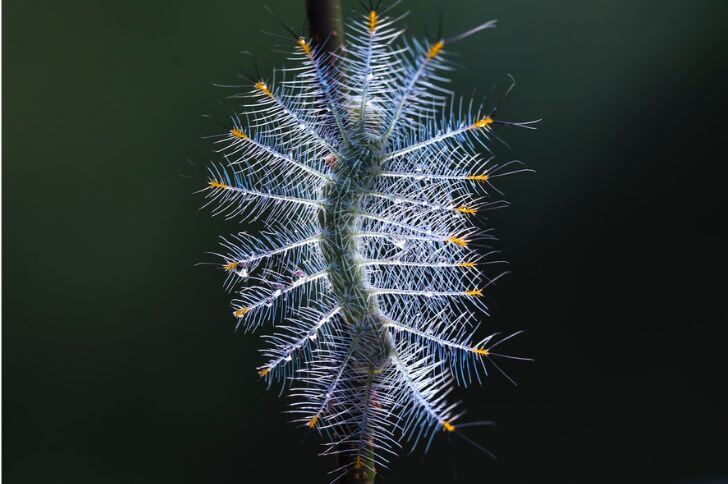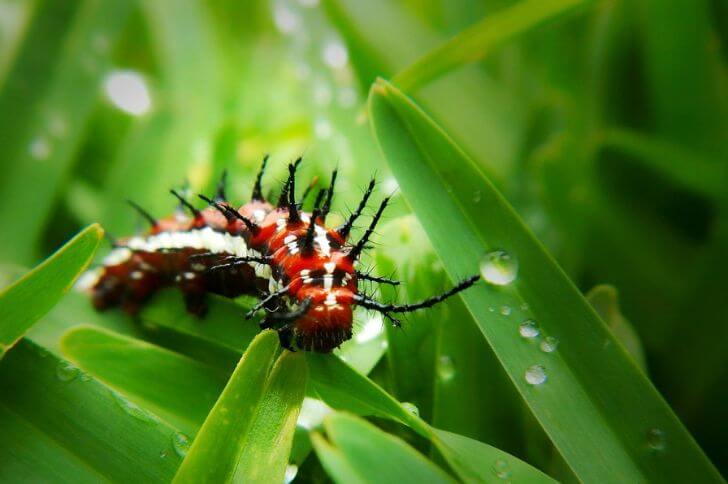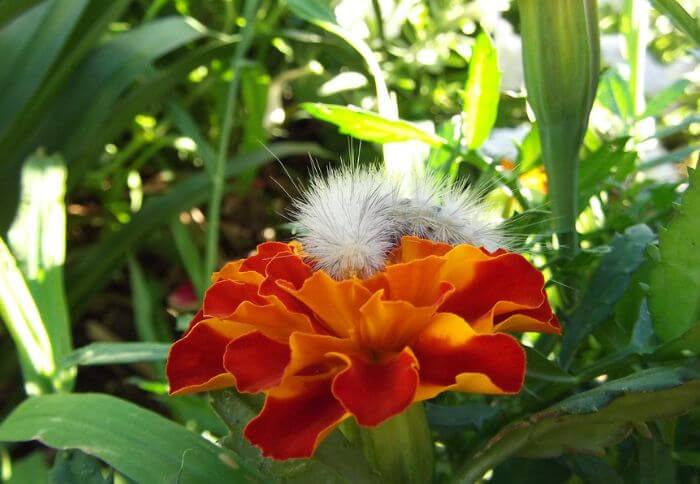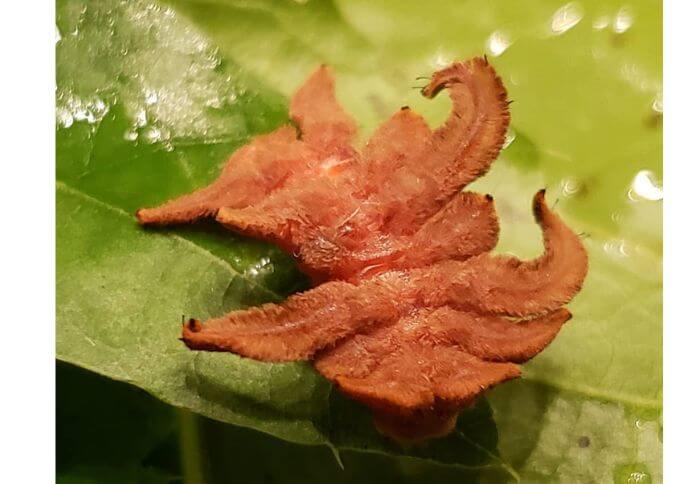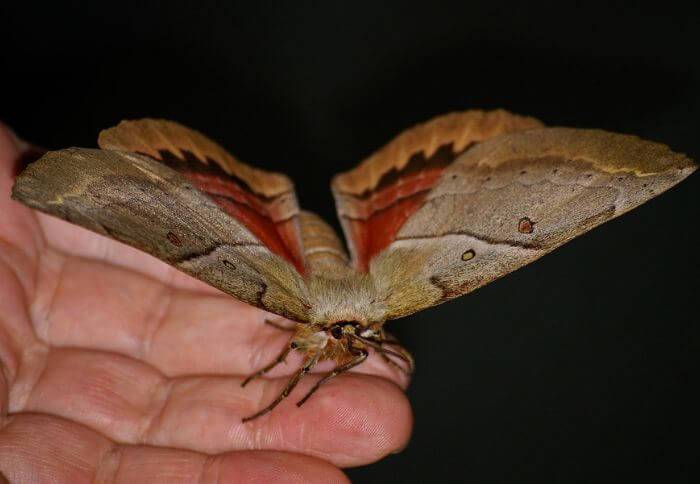White Poisonous Caterpillars (3 Species to Avoid)
The world of caterpillars is a diverse and fascinating one, with each species possessing its own unique set of characteristics. While some caterpillars are harmless and even beneficial to the environment, there are others that hide a deadly secret beneath their beautiful white exteriors.
These white poisonous caterpillars can be found in various parts of the world and possess toxins that can cause severe reactions in humans and animals alike.
In this article, we will explore some of the most intriguing types of white poisonous caterpillars, delving into their appearances, habitats, and the potential dangers they pose.
List of white poisonous caterpillars
1. White Flannel Moth Caterpillar
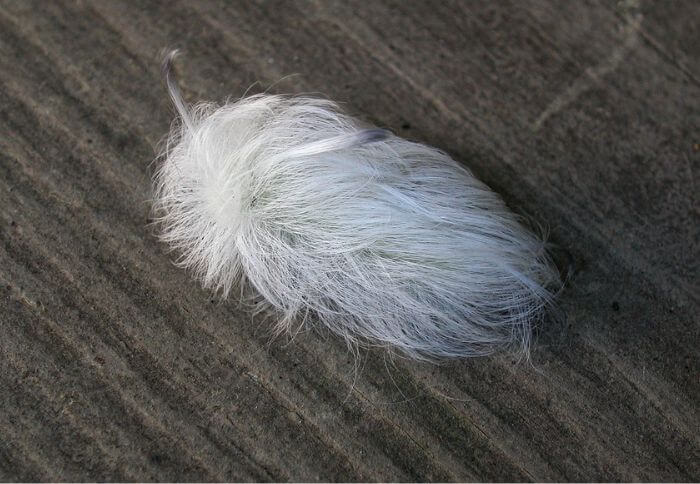
The White flannel moth caterpillar may seem innocuous at first glance, with its soft, fluffy appearance reminiscent of a dandelion ready to be blown away by a gust of wind.
However, beneath that deceiving exterior lies a hidden danger. This seemingly harmless caterpillar is actually one of the most toxic in the animal kingdom.
Known for its striking white color and long tufts of hair, the White flannel moth caterpillar’s beauty belies its true nature as a venomous creature. Contact with these hairs can lead to severe reactions in humans, ranging from intense pain to swelling and even respiratory distress.
In fact, their toxin has been compared to that of scorpions or snakes, making encounters with these caterpillars akin to stumbling upon a tiny but deadly predator in disguise.
What makes the White flannel moth caterpillar’s toxicity all the more fascinating is its evolutionary purpose. While many animals rely on camouflage or aggressive defenses like sharp spines or toxins to ward off predators, this species has taken an entirely different approach.
It uses its bright white appearance as a warning signal for potential threats – an example of aposematic coloration – effectively communicating Don’t touch me! to would-be attackers.
2. Black-waved Flannel Moth
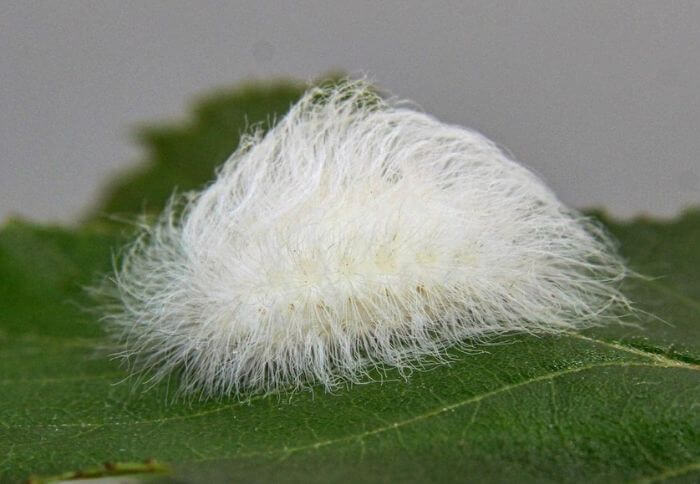
source: eumorphadreams
The black-waved flannel moth, also known as the Puss Caterpillar, may seem harmless with its fluffy appearance and endearing name. However, this adorable-looking creature hides a dark secret.
Its dense coat of silky hairs is not just for show; it serves as a defense mechanism against potential predators. These seemingly innocent hairs are actually venomous spines that can cause excruciating pain upon contact with human skin.
Despite its unassuming appearance, the black-waved flannel moth caterpillar should not be underestimated.
Its painful sting has been compared to being pricked by hot needles or stung by a swarm of wasps. The venom released from its spines contains toxins that can cause severe allergic reactions in some individuals. It’s fascinating how such a small creature can possess such potent defensive mechanisms, reminding us to never judge a book by its cover.
As we continue to discover the diverse species of caterpillars in our natural world, it becomes clear that their beauty often masks hidden dangers.
The black-waved flannel moth is just one example of nature’s elaborate game of disguise and survival tactics. While we admire their unique and intricate markings from afar, it is essential to maintain a respectful distance to avoid experiencing the fiery consequences of coming too close.
Related read: Check white fuzzy caterpillars
3. Southern Flannel Moth
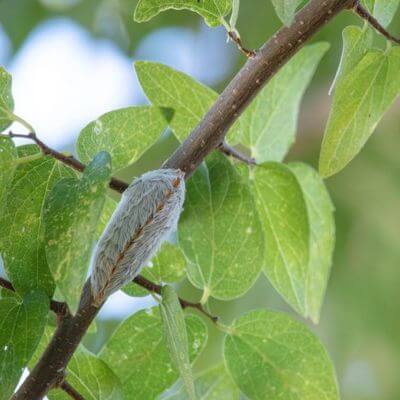
source: anacray
The Southern flannel moth, also known as the puss caterpillar, may look innocuous with its soft and fluffy appearance, but do not be fooled. This seemingly harmless creature hides a venomous secret beneath its adorable facade.
Its long hairs are actually spines connected to poison-filled glands that deliver a painful sting when touched.
The sting of the Southern flannel moth is often described as one of the most intense experiences of pain and discomfort.
The venom can cause symptoms ranging from localized burning and swelling to more severe reactions like nausea, headache, and even chest pain. In some cases, the effects can last for several hours or even days.
These beautiful yet dangerous creatures mainly inhabit areas in the southeastern United States. Encountering one should be approached with caution to avoid any unwanted encounters with their potent stinging spines.
4. Hickory Tussock Moth Caterpillar

When it comes to white poisonous caterpillars, one species that stands out is the Hickory Tussock Moth Caterpillar. While its fluffy appearance might make you want to reach out and touch it, beware!
This seemingly innocuous creature actually possesses venomous hairs that can cause severe skin irritation and even an allergic reaction in some individuals.
While the sting from these tiny hairs may be painful and irritating, it’s important to note that the caterpillar itself is not aggressive or intentionally harmful. It’s merely defending itself from potential predators.
What makes the Hickory Tussock Moth Caterpillar particularly fascinating is its unique defense mechanism. The larvae boast a vibrant coloration of white with black tufts of hair, which acts as a warning sign for other animals to stay away.
This brilliant adaptation communicates danger and serves as a deterrent for predators who have learned through experience or instinctive aversion that this little creature packs quite a punch if provoked.
The conspicuous color pattern is nature’s way of preventing unnecessary harm, allowing for coexistence within ecosystems while ensuring self-preservation for these toxic caterpillars.
FAQs
Why should you avoid white caterpillars?
White caterpillars can be visually striking, with their soft furry bodies and subtle patterns. However, these innocent-looking creatures can actually pose a significant risk to both humans and animals alike.
Many white caterpillars are known to be highly poisonous, containing toxins that can cause severe allergic reactions or even death if touched or ingested. It is therefore crucial to avoid handling or coming into contact with these seemingly harmless insects.
One example of a white poisonous caterpillar is the puss moth caterpillar, also known as the asp caterpillar or tree asp.
Found mainly in North America, this small yet venomous creature boasts long white hairs that deliver potent toxins upon contact. These toxic hairs are barbed and easily detach from the caterpillar’s body, sticking onto unsuspecting individuals who may brush against them.
Once embedded in human skin or fur, they release a painful irritant that causes intense itching, rash formation, and swelling.
Another reason to avoid white caterpillars is that some species possess an impressive camouflage ability by blending seamlessly into their surroundings.
This makes it difficult to spot them until it is too late – you may mistakenly touch one while gardening or unknowingly expose yourself to danger when hiking through nature trails. Therefore, it is essential always to remain cautious when encountering white caterpillars and educate ourselves about their potentially harmful effects on our well-being.
What happens when you get stung by a white caterpillar?
Have you ever come across a seemingly harmless white caterpillar while out and about in nature? It’s easy to dismiss these creatures as adorable little critters, but did you know that some of them harbor a secret venomous sting?
While most caterpillars are innocuous, there are certain species that can cause quite a bit of discomfort when they make contact with human skin.
One such example is the White Hickory Tussock Moth Caterpillar, also known as the ‘Puss Caterpillar.’ This fluffy looking white caterpillar may appear harmless and even cute, but its hairs contain venomous spines.
When these spines penetrate the skin upon contact, they release toxins that can result in intense pain, swelling, and even allergic reactions. Although not usually life-threatening, getting stung by one of these little creatures is certainly an experience few would forget.
To add to this fascinating phenomenon, it’s worth noting that humans aren’t the only ones susceptible to the effects of white caterpillar stings. Domesticated animals like dogs and cats can also fall victim to their venomous attacks.
Furthermore, studies have shown that different people may react differently to the same type of sting due to variations in individual immune responses. This disparity only goes on to highlight how complex and diverse nature truly is – even in seemingly innocent creatures like caterpillars!
What kills white caterpillars?
White poisonous caterpillars are fascinating creatures that can be found in various parts of the world. However, despite their beauty and intriguing patterns, there is an unfortunate reality: many predators consider white caterpillars a tasty meal. These predators range from birds and reptiles to insects and even other caterpillar species.
One common predator of white caterpillars is the parasitic wasp. These tiny wasps inject their eggs into the body of the caterpillar, where they hatch and consume the host from within. The adult wasp emerges from the remains of the caterpillar, leaving no trace behind except for a life cut short.
Another natural enemy of white caterpillars is predaceous ground beetles. These beetles are stealthy hunters that relish in feasting on soft-bodied prey like these delicate larvae. They often scour vegetation at night, searching for unsuspecting victims to add to their menu.
While it may seem cruel that these vibrant creatures meet such grisly fates, it is an essential part of nature’s balance. Predators play a crucial role in controlling populations and maintaining ecological harmony – even if it means taking down something as captivating as a white poisonous caterpillar.
source:
Passionate animal photographer with an unwavering love for capturing the essence and beauty of our furry friends.
With over five years of experience in the field, I have developed a unique ability to connect with animals on a deeper level, allowing me to create stunning and captivating images that truly reflect their personality.
Let’s collaborate to capture unforgettable moments that celebrate the unique bond between humans and animals!
